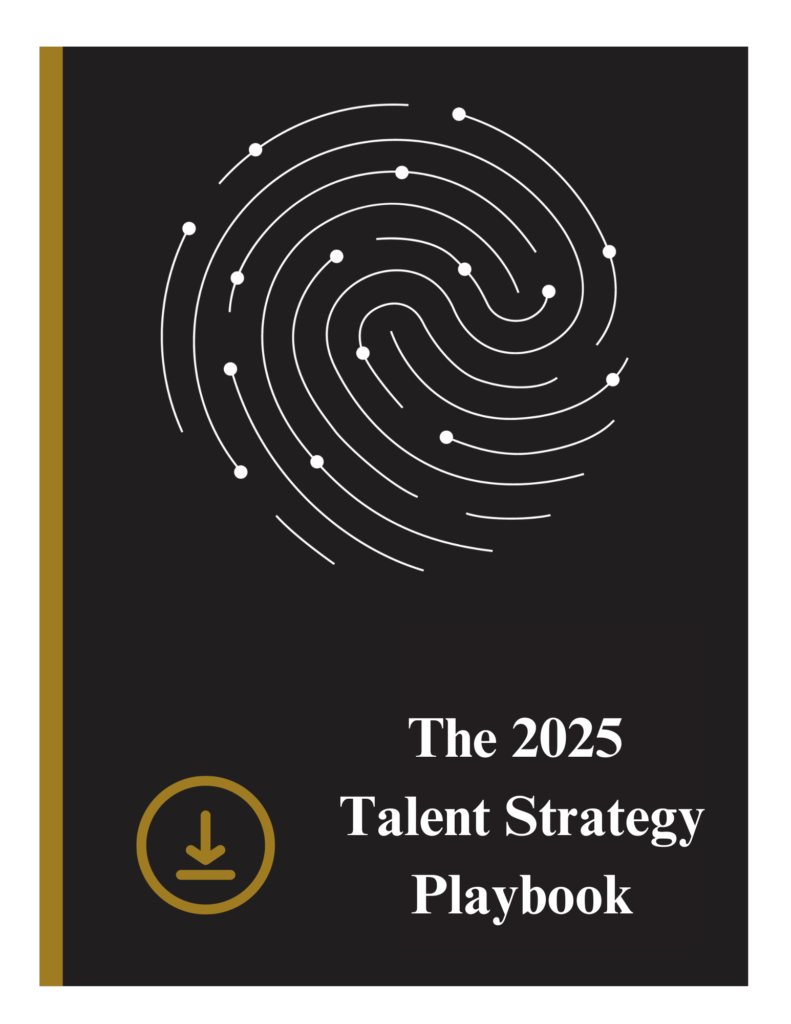by Amanda Sloan
The battle for top talent has never been fiercer. Organizations are not only vying to attract skilled professionals but also facing the challenge of retaining them. High turnover rates can disrupt operations, impact morale, and cost businesses substantial sums of money in lost productivity and recruitment expenses. This makes employee retention a critical issue for business leaders across industries.
One of the most effective ways to retain employees is by investing in leadership development programs. These programs empower managers and team leaders with the skills necessary to inspire, engage, and grow their teams. Leadership development goes beyond merely preparing individuals for executive roles. It equips leaders at every level of the organization with the emotional intelligence, communication skills, and strategic thinking required to foster a culture of trust, growth, and collaboration. When leaders are well-prepared and supportive, employees feel valued, engaged, and motivated to stay within the organization.
From improving employee engagement to fostering career growth and satisfaction, effective leadership can dramatically reduce turnover rates and create a thriving organizational culture.
The Connection Between Leadership and Retention
The connection between leadership and retention is undeniable. Employees don’t just leave jobs; they leave managers. A survey conducted by Gallup found that nearly 50% of employees have left a job to get away from a manager. Poor leadership can demoralize employees, leading to disengagement, reduced productivity, and ultimately, high turnover.
Leadership development programs aim to change that. These programs equip managers with the tools to build trust, communicate effectively, and inspire their teams. By creating a more supportive environment, leaders can ensure that their teams feel understood and valued. When employees feel that their leadership is invested in their growth and success, they’re more likely to stay.
Strong leaders also identify and nurture talent, creating pathways for internal growth. Employees who see a clear career path are more likely to stay within the organization. Leadership development programs can help ensure that leaders are well-prepared to guide employees on this journey. They know how to coach, mentor, and provide constructive feedback—skills that are essential for talent retention.
Employee Engagement
One of the key outcomes of leadership development is improved employee engagement. Engaged employees are more productive, committed, and loyal to their organization. Leaders who are trained in engagement strategies understand the importance of recognizing accomplishments, providing clear direction, and fostering a positive workplace.
Effective leadership development also teaches leaders how to build emotional intelligence. This is a crucial skill when it comes to understanding and managing the diverse emotions of their teams. When leaders can empathize with their employees, they create a workplace environment that feels safe, inclusive, and supportive. Employees who feel emotionally supported by their leaders are more likely to experience job satisfaction and are less likely to seek opportunities elsewhere.
Tools like the Predictive Index can further support this by giving leaders an understanding of the behavioral drivers of their teams. With Predictive Index, leaders can use data-driven insights to align their management styles with individual employee preferences. For example, a leader can assess whether an employee performs better under autonomy or prefers clear, structured guidance, and adjust accordingly. This personalized approach can significantly boost engagement and reduce turnover
Career Development
Career stagnation is one of the leading reasons employees leave their jobs. When employees feel they have no opportunities for advancement or growth, they are more likely to look for a role elsewhere that offers the potential for development. Leadership development programs address this by creating leaders who actively support and foster career growth within their teams.
Leaders trained in development strategies are better equipped to have meaningful conversations about career progression, set clear expectations, and create opportunities for their team members to grow. Whether it’s offering mentorship, training, or leadership opportunities, managers play a crucial role in helping employees envision their future within the organization.
When employees see that their leaders are invested in their growth, they are more likely to invest in the organization in return. This reciprocal relationship can significantly boost retention rates.
Building a Positive Company Culture
Company culture is a powerful force in employee retention. A positive and inclusive culture not only attracts top talent but also keeps employees engaged and loyal. Leadership plays a central role in shaping and maintaining this culture. Leaders who embody the values and vision of the company set the tone for the rest of the organization.
Leadership development programs ensure that leaders across the organization are aligned with the company’s mission and values. By providing consistent training and support, businesses can ensure that leaders promote a culture of collaboration, transparency, and innovation. When employees feel that they are part of a positive and forward-thinking culture, they are less likely to leave.
A strong culture also helps with the onboarding of new hires. When new employees see that the leadership is cohesive and aligned, they quickly understand the company’s goals and expectations, which aids in faster integration and longer retention.
Strategic Investment
Leadership development is often viewed as a cost, but it’s truly an investment with measurable returns. Organizations that prioritize leadership development see lower turnover rates, higher employee engagement, and a more positive culture. These factors not only contribute to talent retention but also enhance the organization’s overall performance and success.
Additionally, organizations with strong leadership development programs are better equipped to weather periods of change. Whether it’s adapting to market shifts, implementing new technologies, or navigating economic challenges, well-trained leaders can guide their teams through uncertainty with confidence. This stability is another reason employees are more likely to stay with organizations that invest in leadership.
By incorporating tools like Predictive Index into leadership development initiatives, companies can enhance their retention efforts even further. PI helps ensure that leadership strategies are not one-size-fits-all, but instead are informed by data that aligns with the behavioral preferences of each team member. This allows leaders to make more informed decisions, creating an environment that supports both individual and organizational growth.
Leadership development is not just a nice-to-have for organizations aiming to retain talent—it’s essential. By equipping leaders with the skills to engage, develop, and inspire their teams, companies can create a work environment that fosters loyalty and reduces turnover. Leadership development programs not only improve the individual capabilities of leaders but also strengthen the entire organization by fostering a culture of growth, inclusivity, and support.
In a market where top talent is hard to find and even harder to keep, investing in leadership development can make all the difference. Tools like Predictive Index offer valuable insights that help leaders tailor their approaches to better meet the needs of their teams, driving engagement, development, and retention. In the long run, these programs are not just about retaining employees; they are about building a more resilient, innovative, and successful organization.
Interested in learning more about Predictive Index? Contact us at W Talent Solutions to discover how the use of data-driven insights can improve employee engagement, productivity, and talent retention!



















